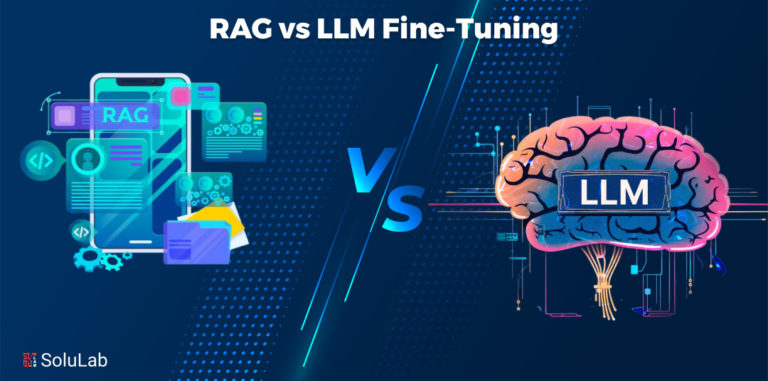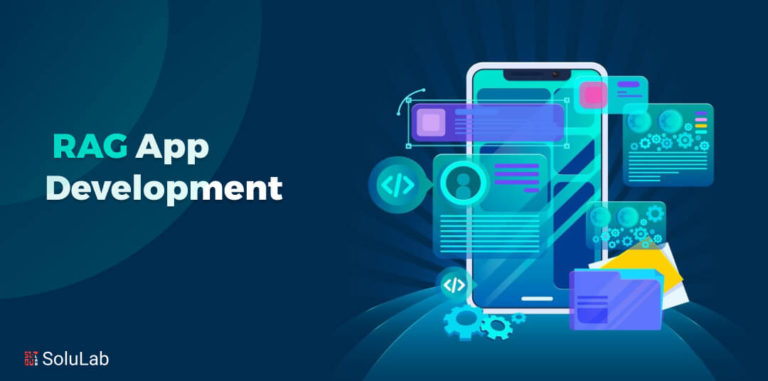Blockchain technology has been on the rise over the past few years which is precisely the reason why blockchain has become a very common term for us. But have you heard about the consensus mechanism? Although blockchain is a commonly known term, the consensus mechanism is not known by many. Now, let us delve a bit deeper into the topic to understand what consensus mechanism is and what it is all about.
Concept of Consensus Mechanism
Consensus mechanism refers to a mechanism that is tolerant to faults and is used in blockchain systems for the purpose of achieving the required agreement on a single data value or on a single state of the network among the multi-agent systems or distributed processes, like in case of cryptocurrencies. There are a number of different types of consensus mechanisms which are basically multiple programming used in order to achieve consensus as well as trust or users across a network of computers, thereby ensuring secure as well as genuine crypto transactions across the decentralized blockchain technology. Consensus in a distributed ledger, means to ensure that a total of 51 percent of the entire network nodes agree to the present network’s condition. This, in turn, ensures three things.
- It plays a significant role in reducing cyber attacks by 51 percent since the hackers need to get control of at least 51 percent of the network to launch attacks.
- These mechanisms are tolerant to faults, thereby enabling continuous functioning of the operating system even at the time of failure of one or two components.
- The consensus mechanism also helps in maintaining the records of each of the transactions.
Different Types of Consensus Mechanisms
After getting an idea about consensus, let us learn its different types. Consensus mechanisms in blockchain can be classified into 8 types that are discussed below.
Proof of Work
Proof of Work or PoW process is also referred to as mining and the miners are referred to as nodes. The miners are the ones who find an appropriate solution to different complicated mathematical puzzles that need extensive computational power. To do the same, miners make use of different mining methods such as CPU mining, GPU mining, mining pools, FPGA mining, ASIC mining, and a number of others. After solving the mathematical puzzles, the miners receive a block as a reward if they happen to be the first one to find the solution. In addition to this, the mathematical puzzles can only be solved with the trial and error method. It is precisely the reason as to why the miners need an increasing amount of computational power for the quick finding of the solutions.
The level of difficulty for the mathematical puzzles tends to vary as per the speed at which the blocks are being mined. In the case of quick creation of the blocks, the puzzles would get much more difficult and vice versa. Hence, new blocks are required to be created within a specific frame of time for the purpose of carefully adjusting the level of difficulty of the mathematical puzzles. A number of well-known cryptocurrencies such as Bitcoin make use of the Proof of Work process. However, the Proof of Work consensus mechanism eats up resources at a very high rate, thereby making the process quite an expensive one.
Proof of Stake
Proof of Stake or PoS makes use of a randomized process for the purpose of figuring out the one to get a chance to produce the next block. The users of blockchain can lock up their tokens for a specific period of time in order to become a validator. After becoming a validator, the users are able to produce blocks. The validators can also be chosen according to the design of the blockchain. Usually, the user who possesses the largest stake or coins for the longest span of time has much better odds for the creation of a new block.
The validators get rewards for their work in terms of the entire transaction fees or a part of it for each of the transactions carried out by them in the block so created. On the other hand, the validators might receive a certain amount of coins as a result of inflation. With this approach, the Proof of Stake mechanism provides incentives to validators in order to maintain the blockchain network. Proof of Stake happens to be much more energy efficient as compared to other blockchain consensus mechanisms such as Proof of Work.
Delegated Proof of Stake
Delegated Proof of Stake or DPoS is a process in which the users can stake their coins and vote for a specific number of delegates. The weight of the vote of a user depends upon their stake. For example, if a user stakes 20 coins for a delegate and another user stakes 2, then the first user’s vote will have more weight compared to that of the second one. The delegate that receives the maximum number of votes gets a chance to create new blocks.
The delegates are rewarded with transaction fees or a certain number of coins very similar to other blockchain consensus mechanisms like Proof of Stake. Delegated Proof of Stake happens to be one of the speediest blockchain consensus mechanisms. This mechanism has the potential to deal with a higher number of transactions as compared to the Proof of Work mechanism. As a result of its voting system based on the weights of stake, Delegated Proof of Stake is very often considered as a digital democracy.
Proof of Capacity
Proof of Capacity or PoC is a method where solutions to complicated mathematical puzzles are stored in digital storage like hard disks. The entire process is referred to as plotting. Once a storage device is filled with the solutions for the mathematical puzzles, the users are able to make use of the same for the creation of blocks. The users who are quickest in finding the solutions to the puzzles get a chance to create a new block. Therefore, the users who possess the highest storage capacity will have a higher probability of creating a new block.
Proof of Identity
Proof of Identity mechanism compares the private key of a user with an authorized identity. This mechanism is basically a piece of cryptographic evidence for a private key of the user that is cryptographically attached to a particular transaction. Any of the identified users from a blockchain network is able to produce a data block that can be presented to anyone present in the blockchain network. The mechanism of Proof of Identity makes sure that the integrity and authenticity of the created data are maintained. For instance, the Proof of Identity mechanism can be used for the purpose of verifying the identity of citizens in a city.
Proof of Elapsed Time
The mechanism of Proof of Elapsed Time randomly and fairly selects the creator of a new block depending on the time of total waiting period spent by them. In order to do the same, this mechanism provides a waiting time for every user which is completely random. Then, the user whose wait time is completed first will create a new block. This type of consensus mechanism is suitable at the time when the system has the ability to verify that no users are able to run multiple nodes and the wait time is genuinely random.
Proof of Activity
The Proof of Activity mechanism is basically a combination of Proof of Work and Proof of Stake. In this mechanism, the miners try to find the appropriate solution to a mathematical puzzle and earn their reward. In this mechanism, the blocks created are quite simple templates that come with the mining reward addresses as well as the header information. The header information is then used to select a random group of validators for the purpose of signing a block. The validators who possess larger stakes will have greater odds of being chosen to sign a new block. After the selected validators sign a new block, it becomes a part of the blockchain network. In case any of the blocks remains unsigned by some validators, it gets discarded and a new block is made use of. In the process, the generated network fees are divided among the miners and the validators who emerged as winners.
Proof of Authority
The Proof of Authority mechanism happens to be a modified version of the Proof of Stake mechanism. In the mechanism, the identities of validators in the blockchain network are at stake. In this situation, the identity happens to be the correspondence between the personal identification of the validators and their official documentation so that they can properly help verify their identity. Now, on the blockchain network, these validators risk their reputation. In the Proof of Authority mechanism, the nodes that become validators are the only ones who are allowed to create new blocks. The validators whose identity is at stake are incentivized to preserve as well as secure the blockchain network. Moreover, the total number of validators is also quite fairly small in this regard, which is up to 25.
After reading through, one can have a clear understanding of the consensus mechanism and its major types that exist in the blockchain. Also, it needs to be kept in mind that the goals of each of the consensus mechanisms are similar.
Conclusion
In spite of having similar goals, different types of blockchain consensus mechanisms make sure that there is consensus with a differing approach. There does not exist a single reliable consensus mechanism yet but the ones that exist have evolved over time in the appropriate manner to properly meet the requirements of blockchain technology. In addition to this, predicting the exact type of blockchain consensus mechanism which will be highly useful and most popular in the long run in the time to come is certainly complex. It is because of the fact that the underlying technology is quite a new one. Therefore, the business leaders who are planning to implement blockchain technology into their business should be well versed with the different types of blockchain consensus mechanisms in order to get the best out of the technology.




